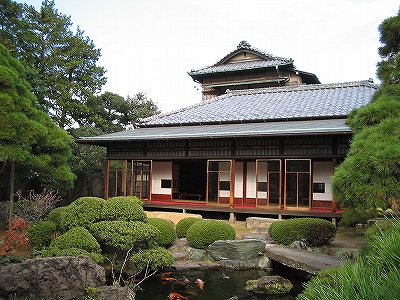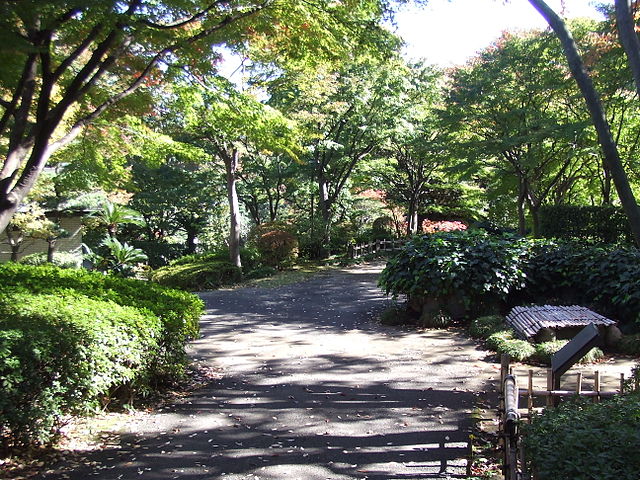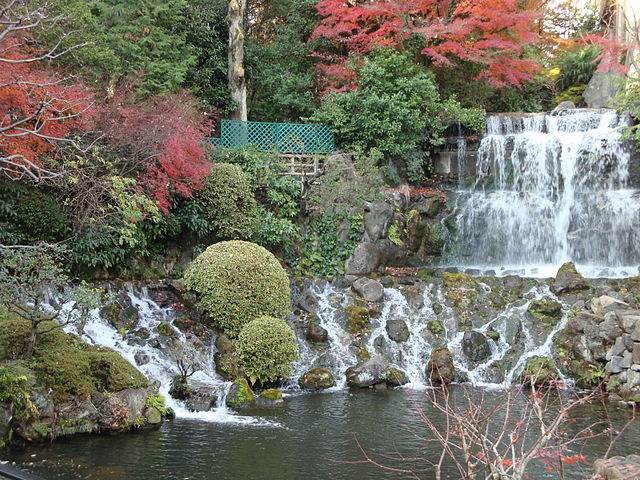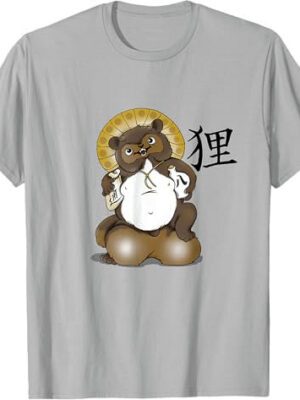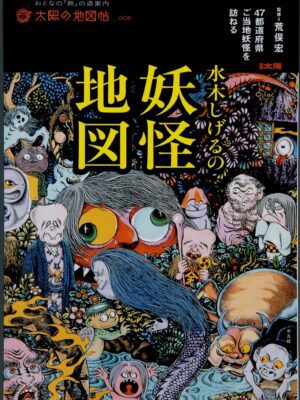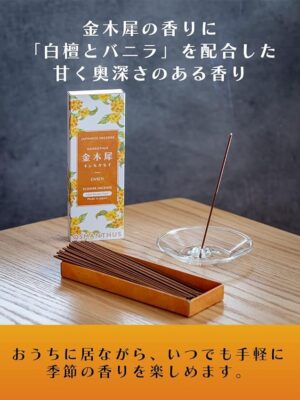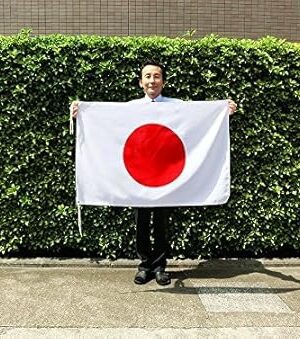Intro to Mukojima-Hyakkaen Gardens
Unusual amongst the Tokyo Metropolitan Gardens, this garden was made by Tokyo merchants, scholars, and artisans for common people to enjoy. Mukojima-Hyakkaen Gardens has flowers from Chinese and Japanese literary classics, a long tunnel usually covered in bush clover, and a pretty good view of the Tokyo Skytree! Come see a lovely flower garden with blossoms all year long.
Share this Post
Information about Mukojima-Hyakkaen Gardens
-
Address:
3-18-3, Higashi-Mukojima, Sumida-ku
-
Contact:
03-3611-8705
-
Open hours:
9am – 5pm (entry until 4:30pm)
-
Closed:
Dec. 29 – Jan. 1
-
Entrance fee:
General ¥150, 65 and older ¥70 < /br> (No charge for children aged 12 or under, and junior high school students living or attendng school in Tokyo) < /br> Annual pass ¥600 (65 or older ¥280)
Flower Calendar of Mukojima-Hyakkaen Gardens
- Jan. – Feb. : Narcissus, Amur adonis
- Feb. – Mar. : Japanese apricot, Prunus persica Batsch Genpei
- Mar. – Apr. : Dogtooth violet, Stachyurus praecox, Barrenwort
- Apr. – May : Iris, Wisteria, Calanthe, Weigela coraeensis
- May – Jun. : Campanula bellflower, Japanese iris
- Jun. – Jul. : Japanese peppermint, Hydrangea, Gooseneck loosestrife
- Jul. – Aug. : Chinese Lizard’s tail, Kudzu, Bottle gourd
- Aug. – Sep. : Snake gourd, Aeginetia indica, Scarlet hibiscus
- Sep. – Oct. : Japanese bush clover, Burnet bloodwort, Throughwort
- Oct. – Nov. : Ardisiacrispa, Japanese silver grass
- Nov. – Dec. : Leopard plant, Amur silvergrass, Kobukuzakura cherry, Chinese quince (ruit)
- Nov. – Feb. : Yukitsuri and Fuyugakoi (Winter plant protection)
- Dec. – Jan. : Heavenly bamboo, Sasanqua, the Seven Herbs of Spring
History of Mukojima-Hyakkaen Gardens
This flower garden was built in the early 19th century, when Edo’s urban culture was at its peak. A wealthy antique dealer named Sahara Kikuu, assisted by his friends with literary and artistic tastes and talents, took the initiative in opening a flower garden to the public. According to some, the name “Hyakkaen” (hundred-flower garden) was derived from “a garden where a hundred lowers bloom four seasons of the year”. At its inception, Hyakkaen garden consisted mostly of 360 plum trees, but soon well known plants from Chinese and Japanese literary classics (like “Shikyo”, one of China’s oldest collection of poems and the Japanese “Manyo-shu”, the oldest waka poems still in existence) were being planted. Eventually there were blossoms somewhere in the garden throughout the seasons. Constructed by literary people from commoner heritage, it is different from the garden’s built by feudal lords such as Koishikawa Korakuen and Rikugien.Features and Sights to See at Mukojima-Hyakkaen Gardens
Seasonal flowers at Mukojima-Hyakkaen Gardens
Mukojima-Hyakkaen Gardens were created by collecting well known plants quoted in “Shikyo” (China’s oldest collection of poems) and “Manyo-shu” (the oldest still existing collection of Waka poems in Japan) so that there would be flowers blooming throughout the year. You can enjoy various wild grasses, plants, flowers, and trees such as Wisteria, Kudzu, and Akebia in different parts of the garden.Japanese bush clover tunnel
This thirty meter long tunnel is one of the most well known spots in the garden. The best time to enjoy the tunnel is mid to late September when the tunnel is covered beautifully with white, pink, and mixed-color bush clover. Also, the bush clover is pruned in winter, which allows you to enjoy the beauty of the bamboo tunnel.A garden view that speaks of the townspeople culture
Mukojima-Hyakkaen Gardens was built by common people with the help of writers and artists when Edo (early Tokyo) culture was beginning to blossom. The gardens have a unique look, different from the trophy gardens of the feudal lords. The Tokyo Skytree ® can be seen from the Kuwa-no-chaya spot and has become quite popular with photographers.|
|
If these articles have helped you in any way please feel free to click here to help support us by making a donation on PayPal
Buy me a coffee, or two, or three ;-D

![[商品価格に関しましては、リンクが作成された時点と現時点で情報が変更されている場合がございます。] [商品価格に関しましては、リンクが作成された時点と現時点で情報が変更されている場合がございます。]](https://hbb.afl.rakuten.co.jp/hgb/19a81352.131ad6c8.19a81353.1274eaea/?me_id=1322122&item_id=10000074&m=https%3A%2F%2Fthumbnail.image.rakuten.co.jp%2F%400_mall%2Fhosoe-saketen-r%2Fcabinet%2F04891728%2F04903899%2Fimgrc0069091642.jpg%3F_ex%3D80x80&pc=https%3A%2F%2Fthumbnail.image.rakuten.co.jp%2F%400_mall%2Fhosoe-saketen-r%2Fcabinet%2F04891728%2F04903899%2Fimgrc0069091642.jpg%3F_ex%3D240x240&s=240x240&t=picttext)

